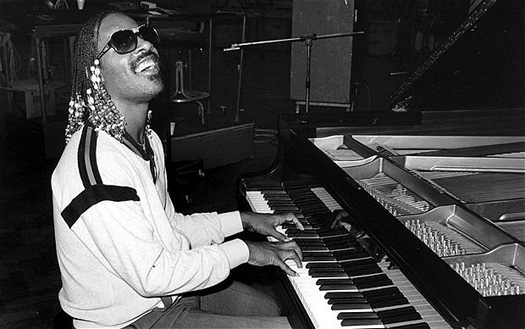In the following in-depth video tutorial, I show you how to play an intermediate level solo piano arrangement of this jazz classic. Download and print the sheet music below.
Happy shedding!
Video Tutorial - Part 1
Video Tutorial - Part 2
|
If you'd like to purchase the sheet music for my arrangement of "Mercy, Mercy, Mercy" for $1, click the Buy Now button.
|
|



 RSS Feed
RSS Feed